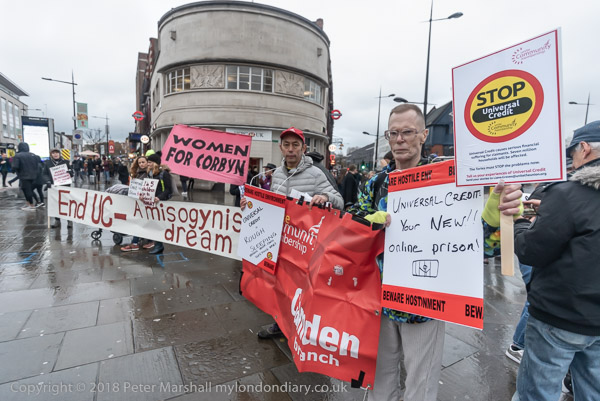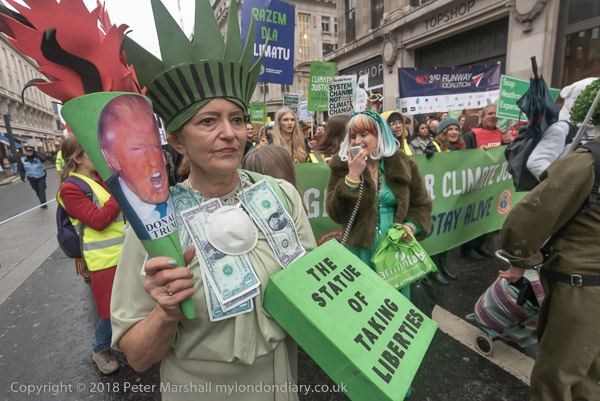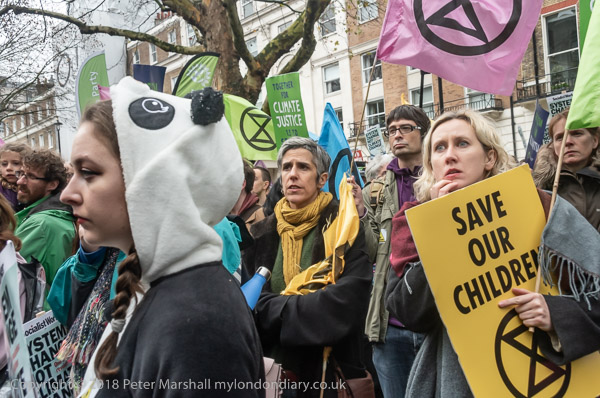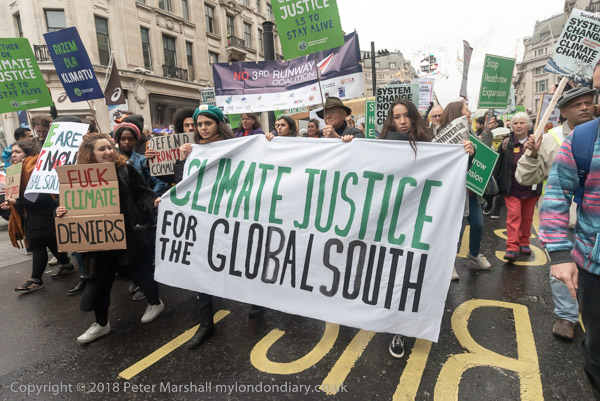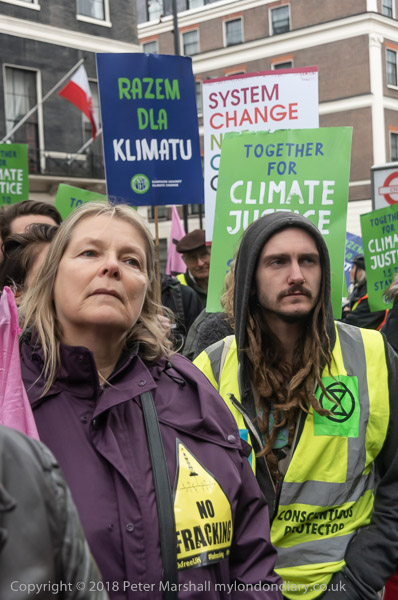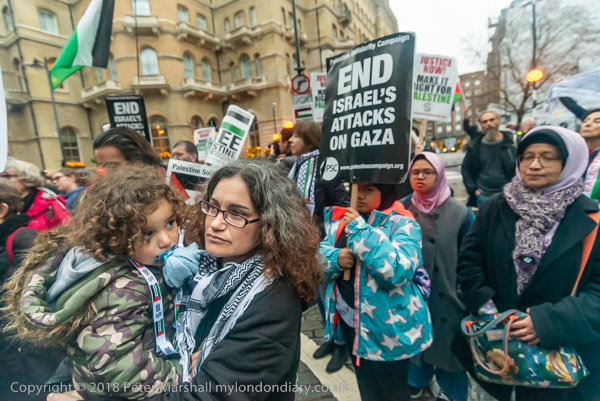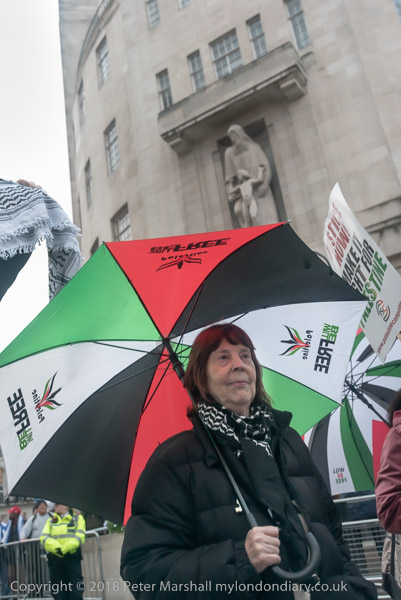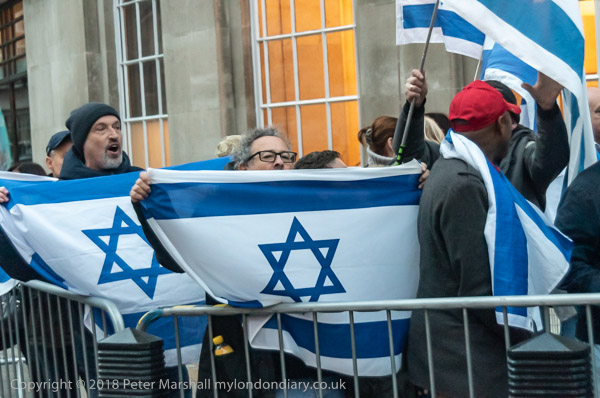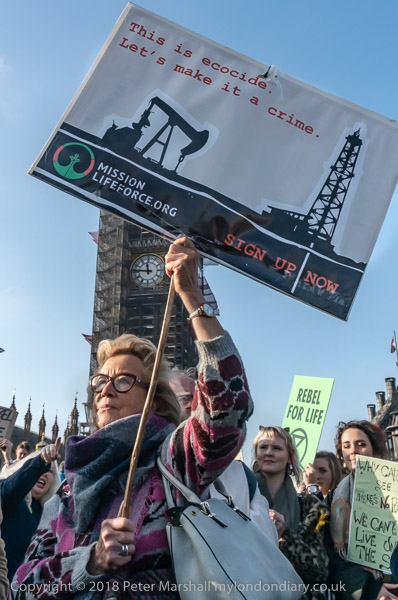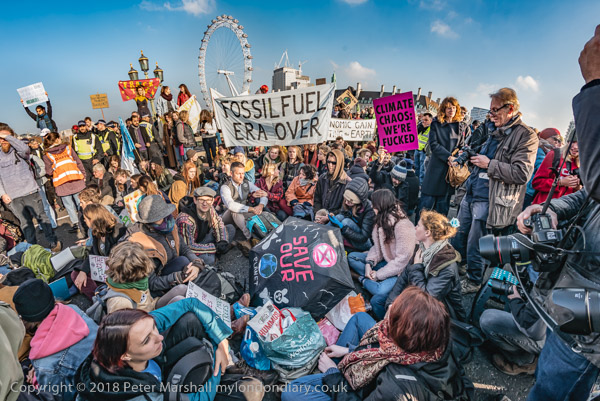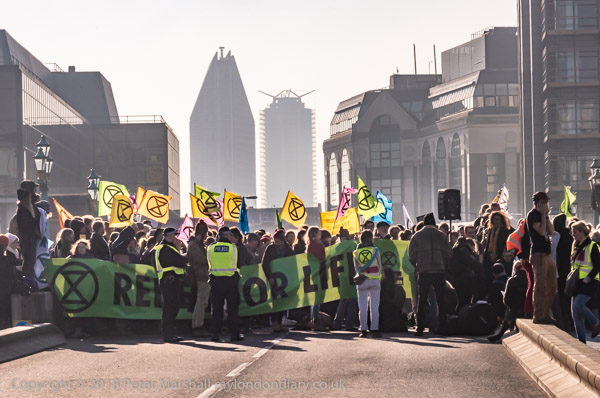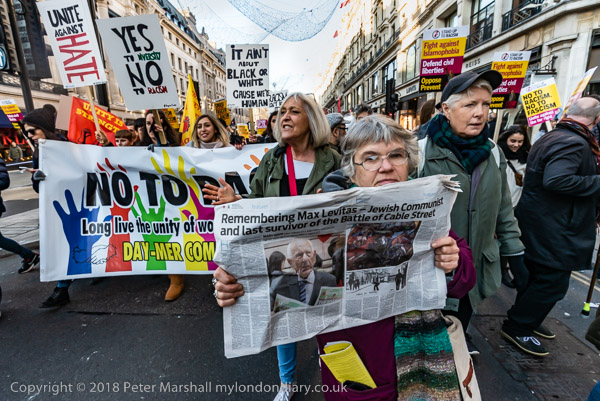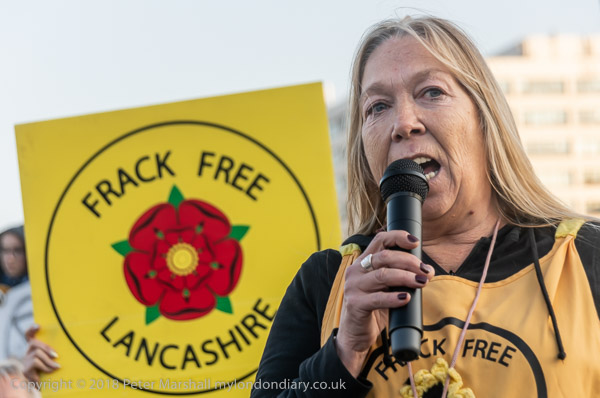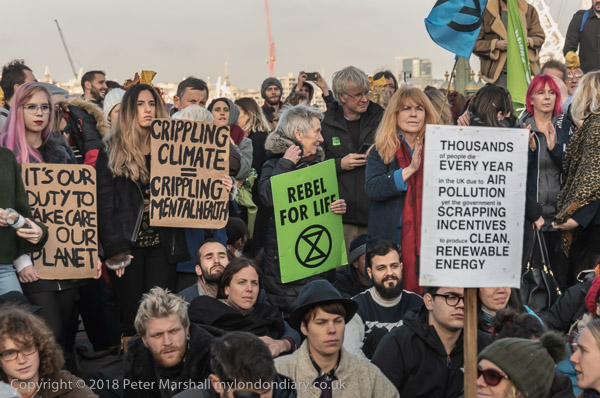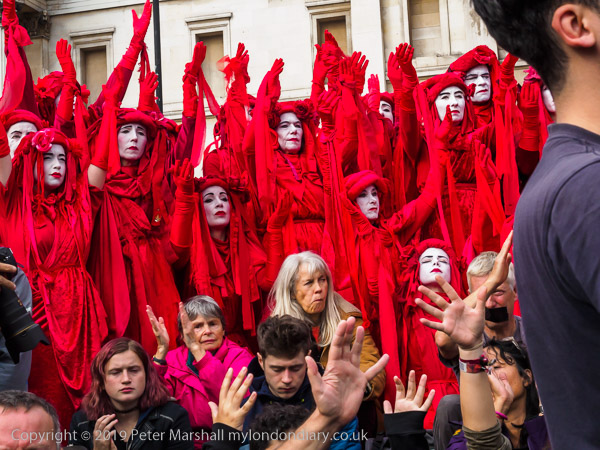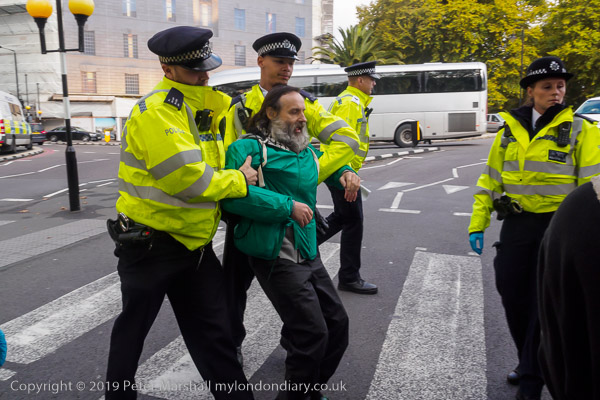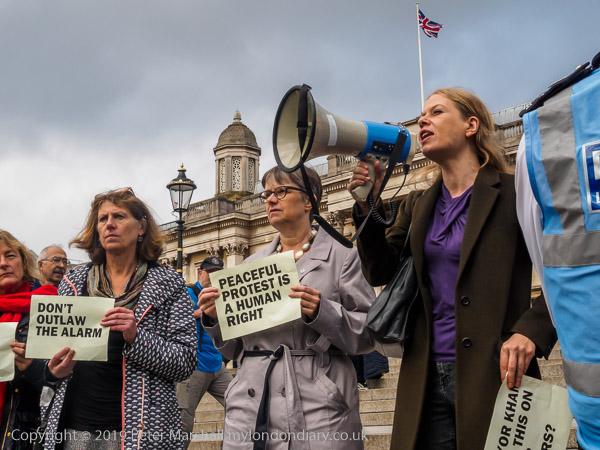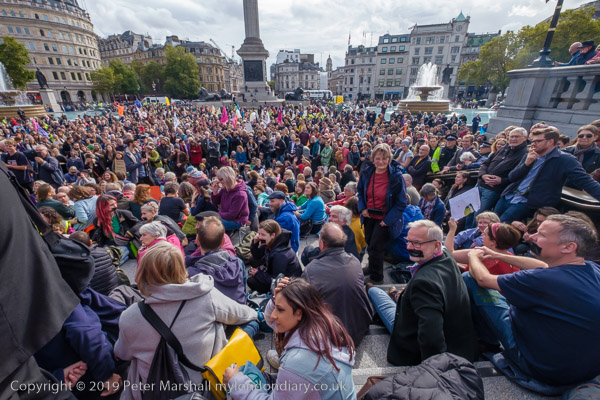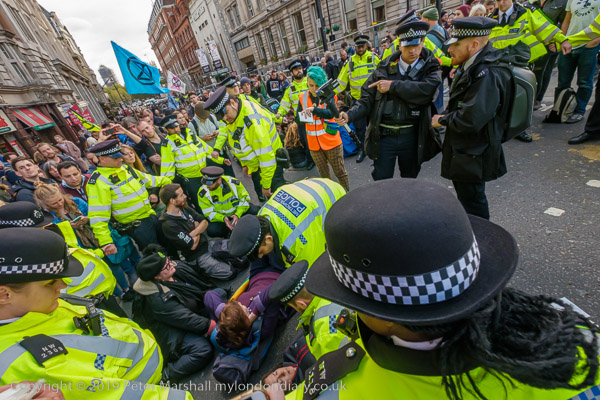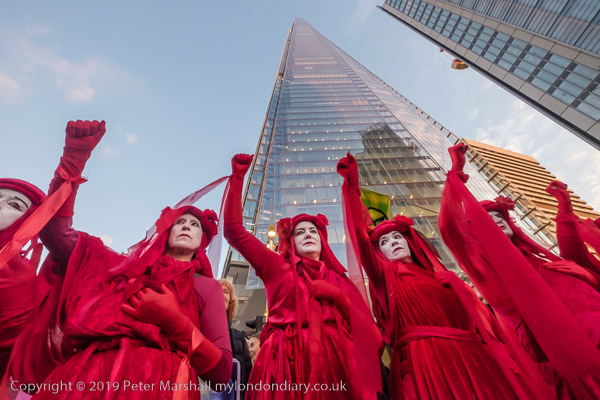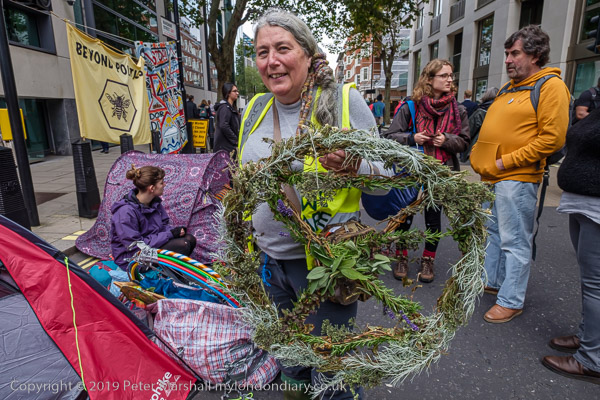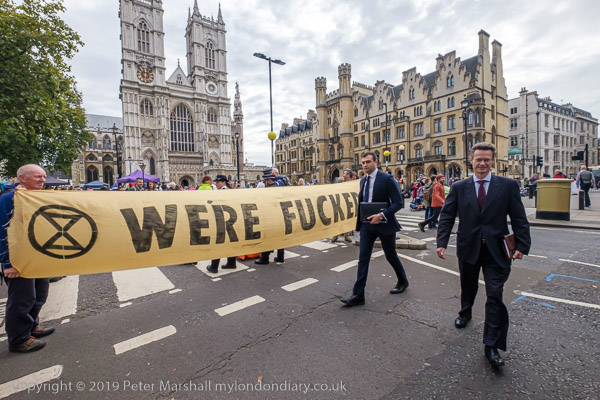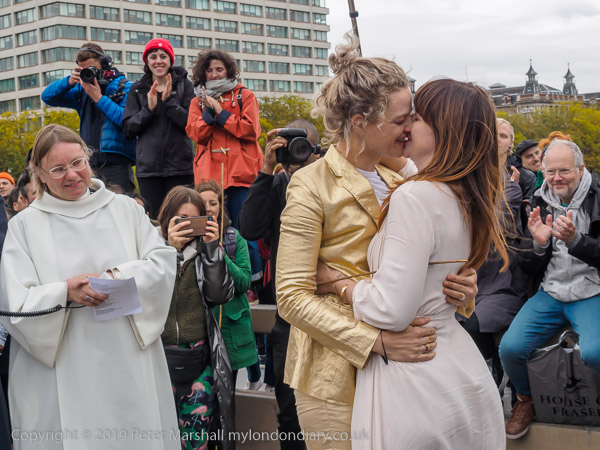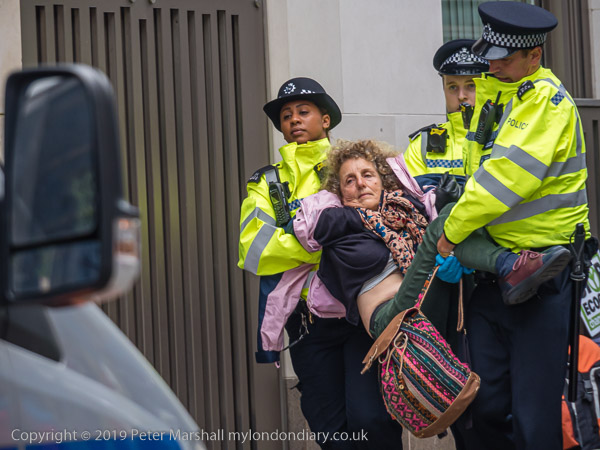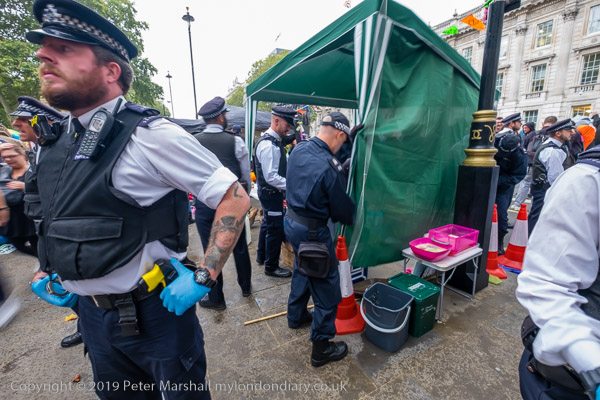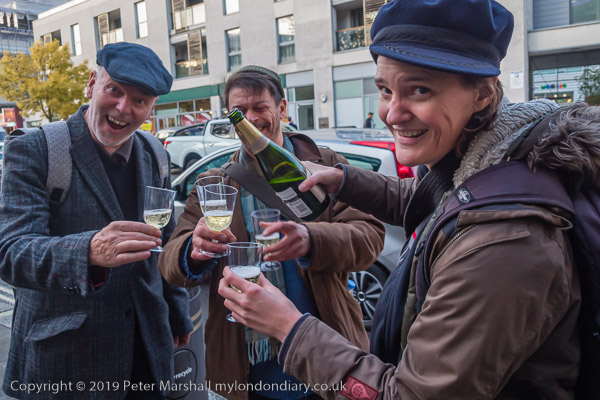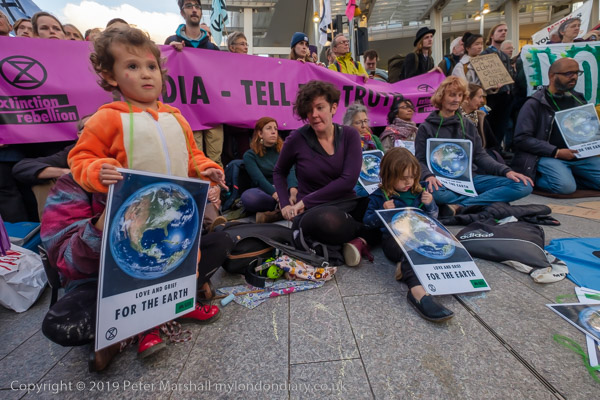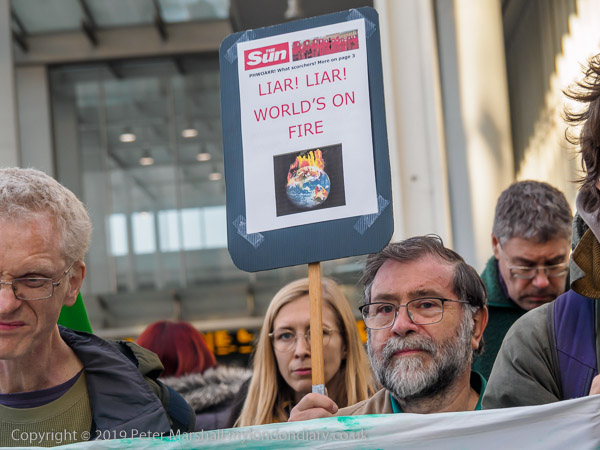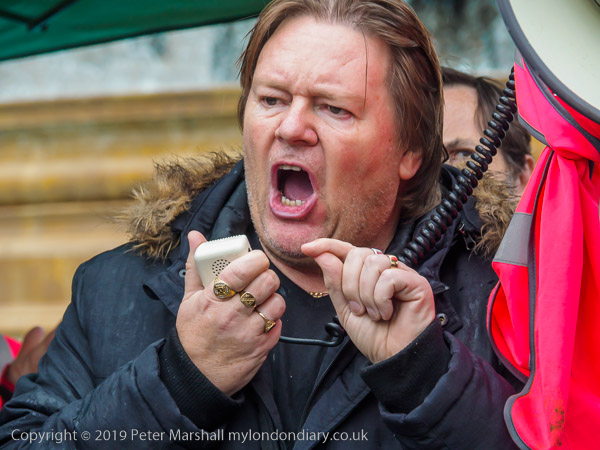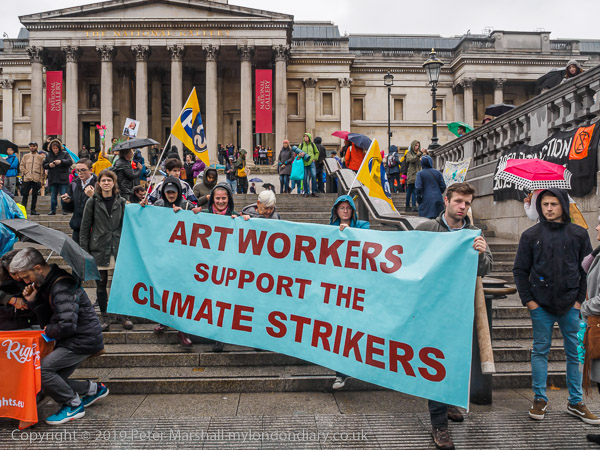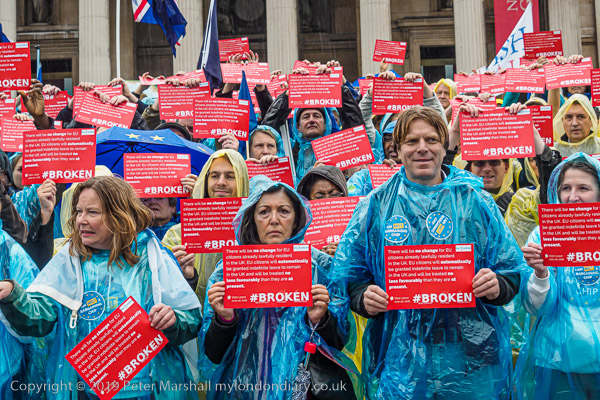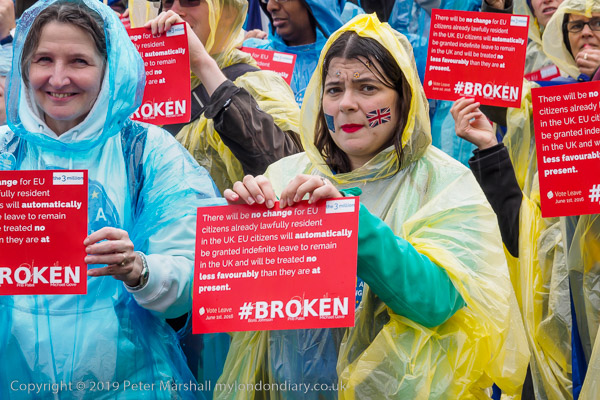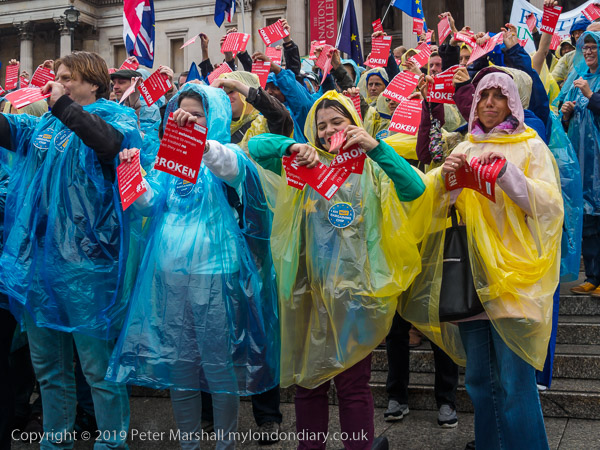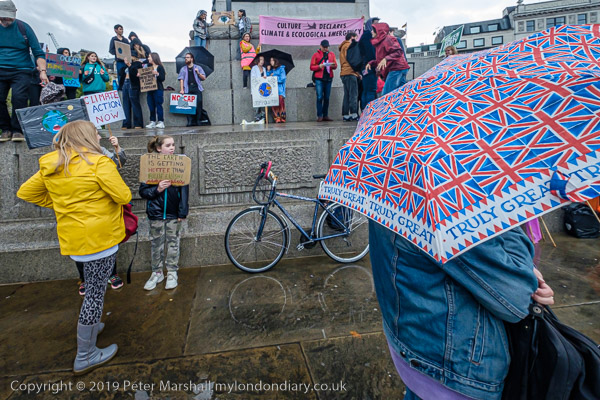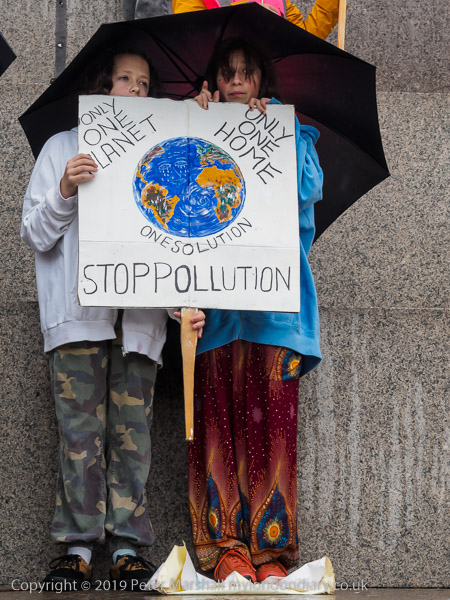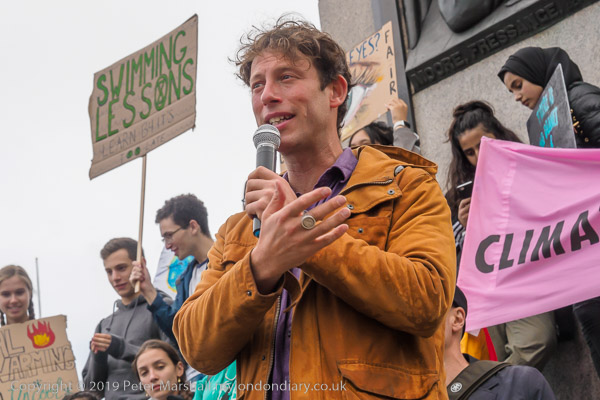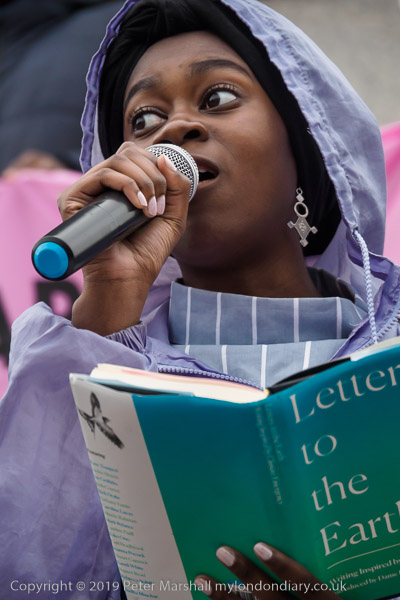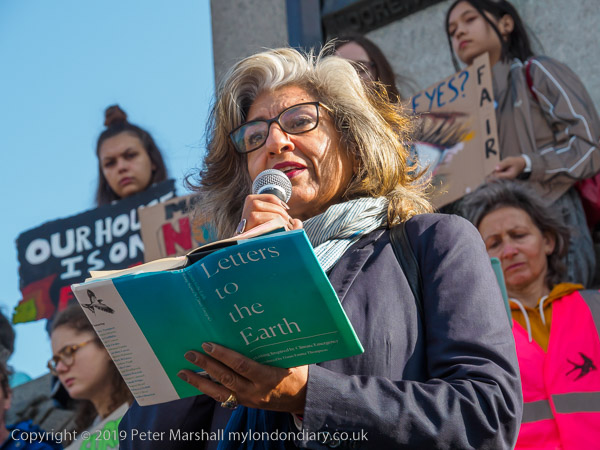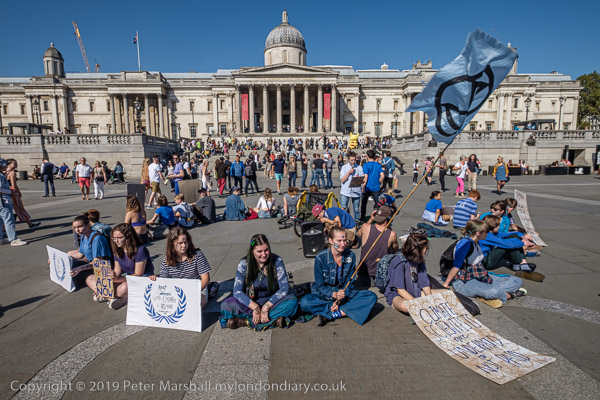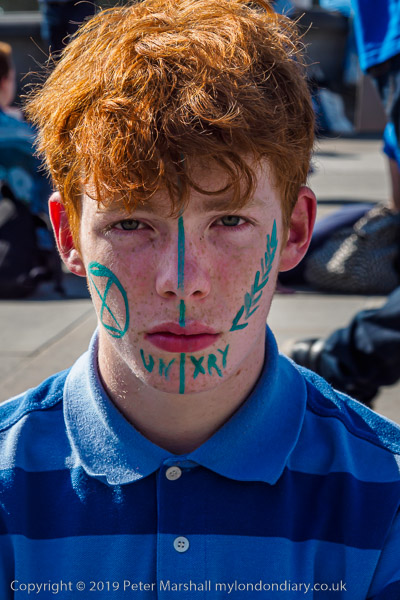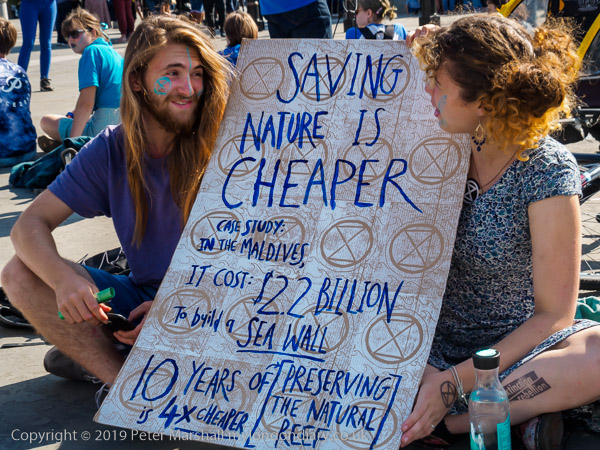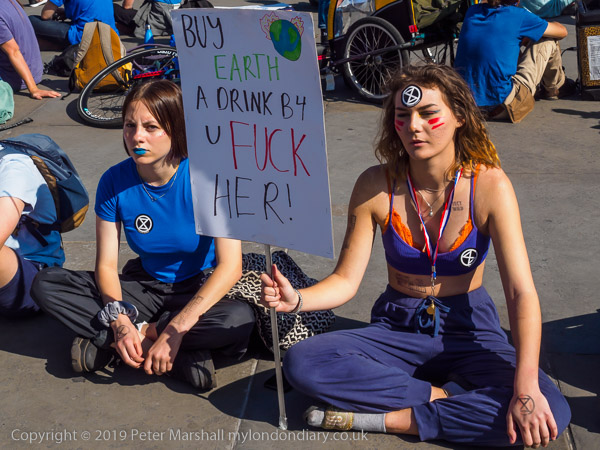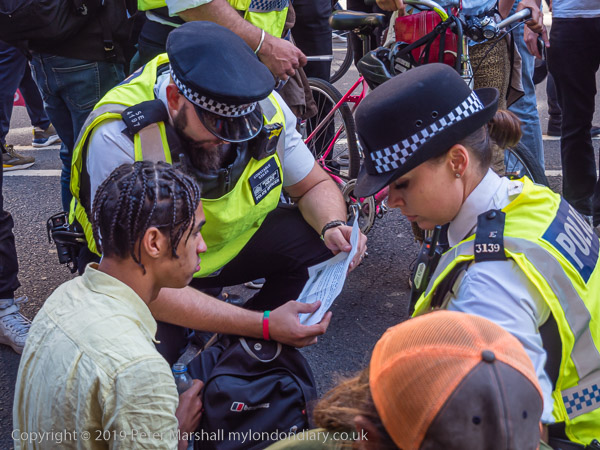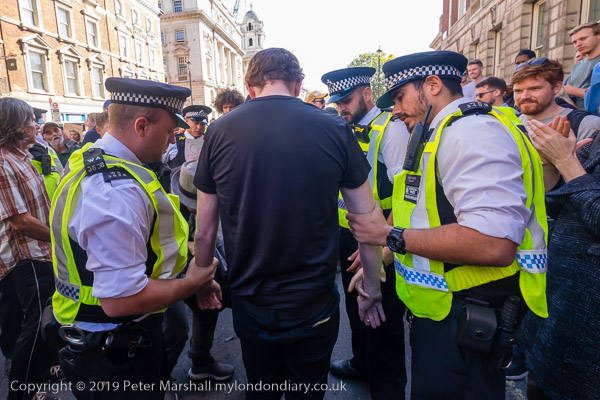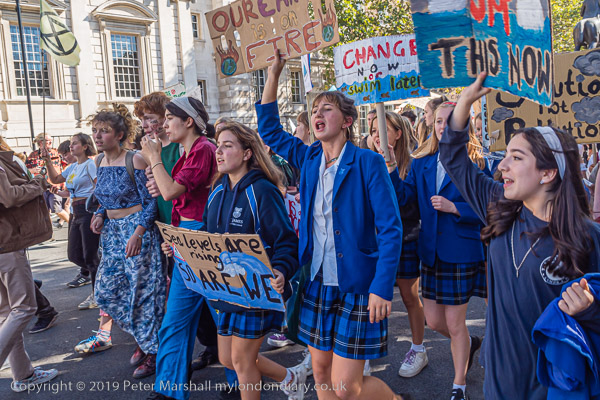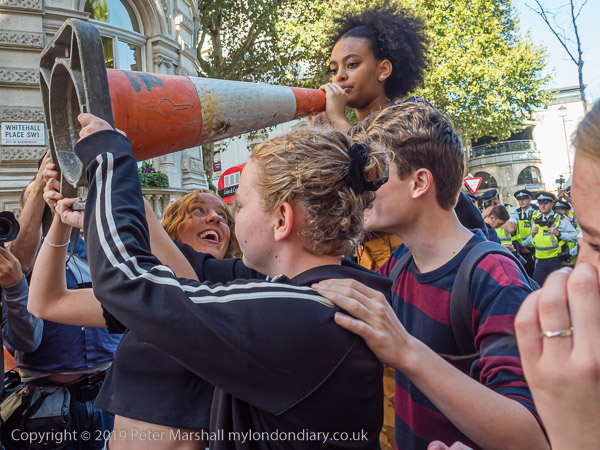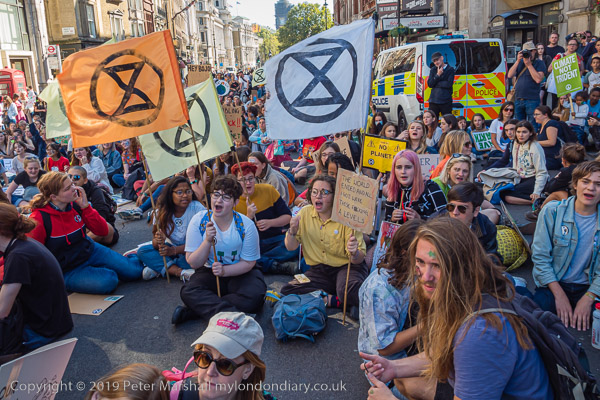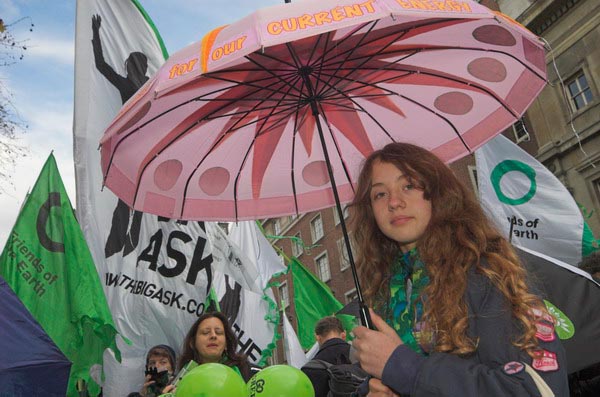
Around this time of year I’ve often been photographing marches for Climate Justice. I think the first at this time of year on My London Diary was probably on Dec 3rd 2005, when around 10,000 of us took part in a march through London led by the Campaign Against Climate Change as a part of an international day of climate protest.
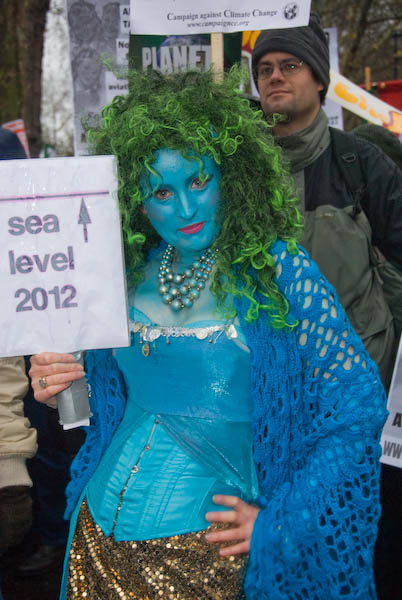
It wasn’t of course the first climate protest that I had photographed, and there are a number of earlier events covered in my diary which were also largely or entirely about the climate crisis:
Kyoto march to US Embassy, London, July 2001
Bush at Buck Palace, July 2001
Bush gets Busted, July 2001
Campaign for Climate Change, March 2002
Bush / Raymond Wedding March, Nov 2002
Kyoto march to US Embassy, London, Mar 2003
Kyoto Climate March, London, Feb 2005
London isn’t Venice, Yet!, Paddington, Apr 2005
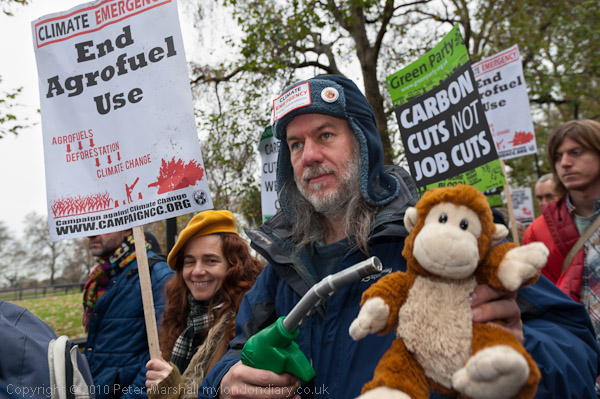
I’d had a strong interest in environmental matters since my student days back in the 60’s, although then our main attention was on the problems of pollution, population growth, food supply and resource depletion. That was before I really began to take photographs, and I can’t remember any protests or direct action over these issues (we had other things on our minds too) though I did write and speak very embarrasingly in public on them. And I became a Friend of the Earth when the organisation only existed in California though I was living in the UK.
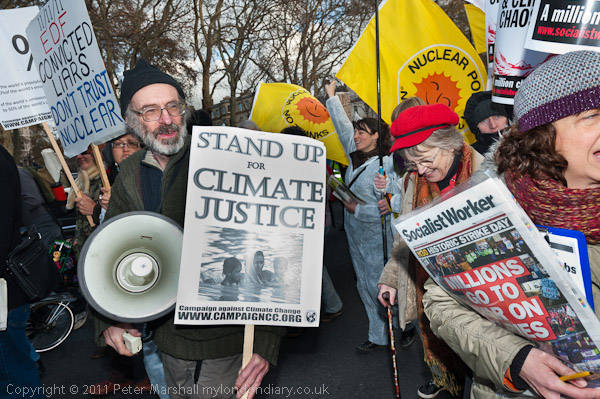
Although I bought my first digital camera in 1999, it was only a fairly primitive model, and not useable for serious photography despite what was described in reviews at the time as a “huge 2.3 megapixels sensor“, and until the end of 2003 all my real work was on film. The camera that changed that was the Nikon D100, still only 6Mp, but with much higher quality.
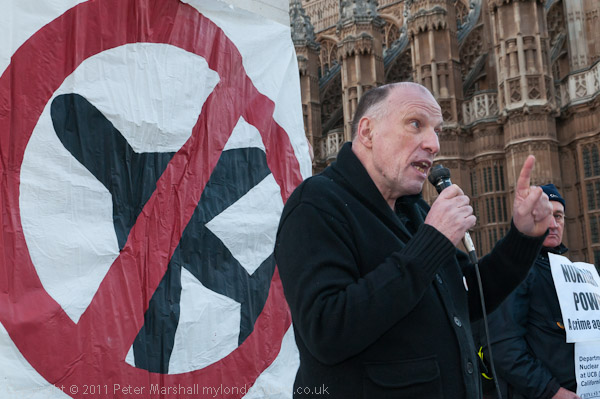
It was this camera that really brought ‘My London Diary‘ to life, though as soon as Nikon brought out the much improved D70 I bought on – and then the D200 and D300, finally moving to full-frame. But for several years I worked with both digital and film, continuing to work mainly with a Hexar F with Leica and Voigtlander wide angle lenses, with just a cheap mid-range Nikkor zoom permanently on the Nikon. For quite a while it was the only Nikon lens I owned, and not changing lenses when working avoided getting dust on the sensor, and I only bought a second lens – the Sigma 12-24 zoom when I had a second body. But after than lenses quickly multiplied!
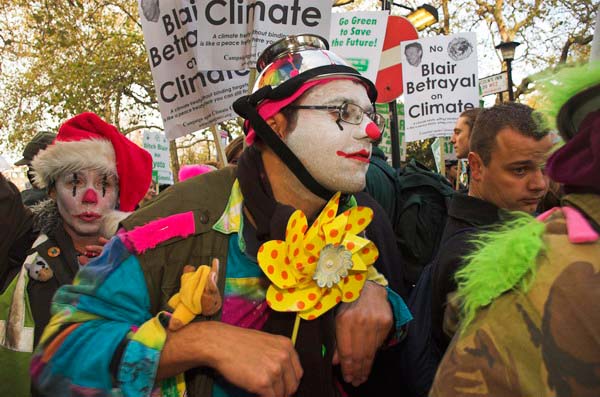
After I had two DSLR bodies I quickly abandoned film, except for working with the various panoramic cameras that I was using mainly for landscape work. Although I made some panoramas digitally combining multiple exposures it was a few years (and considerably larger image files) before I worked out how I no longer needed film or special cameras to produce the kind of panoramic results I wanted with a digital camera and was able to quit using film entirely. Of course it has become rather fashionable to work on film now, but although I’ve kept all my old film cameras, I can’t really see that I will ever use them again. Digital is just so much better.
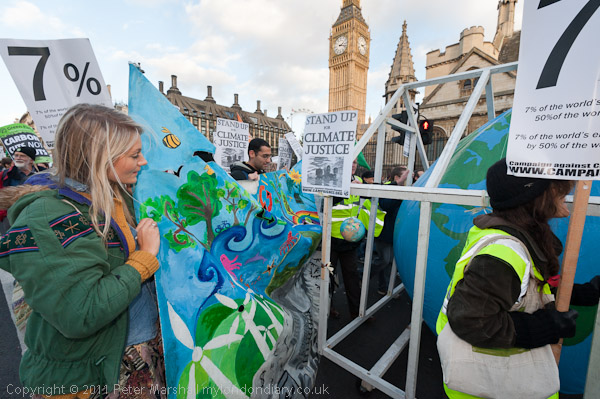
Back to the Climate. At last we are beginning to hear the kind of speeches from people such as the United Nations Secretary General António Guterres that they should have been making years ago. On Monday he stated “The way we are moving is a suicide” and that unless the US cuts carbon emissions to net zero by 2050 humanity’s survival will be impossible.
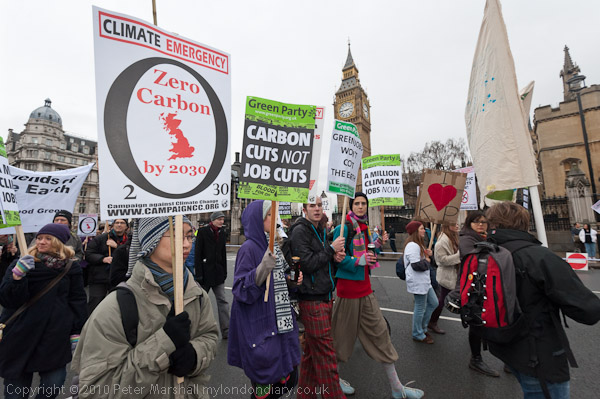
I’m still unconvinced that governments around the world will heed calls such as this – and that movements such as Extinction Rebellion and Fridays For Future inspired by Greta Thunberg have been dramatising. With our own UK government it is clearly still window-dressing rather than a real committment to change. It still seems that it will be too little too late, and recent reports suggesting targets will be easier than expected to reach are likely to mislead. It certainly will not be easy, and will require truly drastic system changes.
The pictures here are from Climate Marches on December 3rd, 2005, December 8th, 2007, December 4th 2010 and December 3rd 2011.
All photographs on this and my other sites, unless otherwise stated, are taken by and copyright of Peter Marshall, and are available for reproduction or can be bought as prints.
